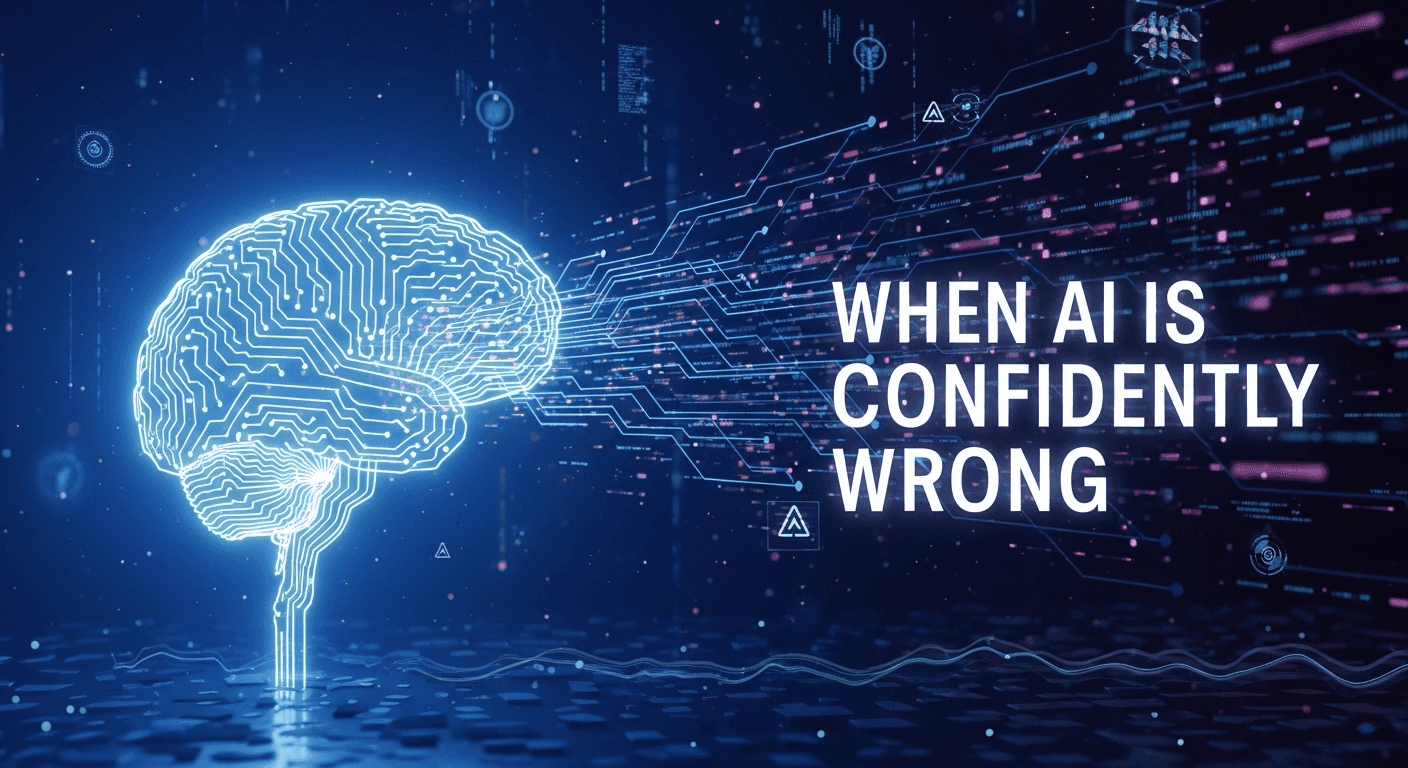What AI Literacy Really Means (And Why You Can't Ignore It Anymore)
TrustByte Team
October 19, 2025

🧠 Day 1: What AI Literacy Really Means (And Why You Can't Ignore It Anymore)
Introduction
Five years ago, AI was something we watched in movies or read about in tech journals.
Today, it's writing our emails, screening our job applications, and deciding what we see online.
But here's what most people don't realize: we're interacting with AI dozens of times a day without even knowing it.
That recommendation on Netflix? AI.
The spam filter in your inbox? AI.
The customer service chat that feels oddly human? Probably AI.
And yet, most of us have never been taught how to work with these systems — how to question them, or how to protect ourselves from their blind spots.
This is the AI literacy gap — and it's widening fast.
What Is AI Literacy?
AI literacy isn't about learning to code or understanding complex algorithms.
It's about developing the awareness and skills to navigate an AI-powered world intelligently.
Think of it like this:
You don't need to know how a car engine works to drive safely.
But you do need to understand traffic rules, recognize warning signs, and know when something's wrong.
AI literacy works the same way.
It includes:
- Understanding the basics: Knowing what AI can and cannot do, how it learns, and where it typically fails
- Critical thinking: Questioning AI outputs instead of accepting them blindly
- Practical skills: Learning how to communicate with AI tools effectively to get better results
- Ethical awareness: Recognizing bias, privacy risks, and societal implications
- Strategic thinking: Knowing when to use AI and when human judgment is irreplaceable
Why This Matters Now
We're at an inflection point. AI is no longer a future technology — it's infrastructure.
Students are using ChatGPT to write essays.
Recruiters are using AI to filter resumes.
Doctors are getting diagnostic suggestions from algorithms.
Business owners are automating customer service with chatbots.
But without AI literacy, we're vulnerable:
- Professionals risk being replaced not by AI, but by people who know how to use AI
- Students might graduate without understanding the tools reshaping their industries
- Business owners could make costly decisions based on flawed AI recommendations
- Citizens may lose control over their data, privacy, and even autonomy
The World Economic Forum estimates that 50% of all employees will need reskilling by 2025 due to AI adoption.
But reskilling isn't just about technical skills — it's about literacy.
The Cost of Ignorance
Consider these real scenarios:
- A hiring manager relies on an AI screening tool that systematically filters out qualified women because it was trained on biased historical data.
Result: Legal liability and lost talent. - A student submits an AI-generated paper without fact-checking. The paper contains convincing but entirely fabricated citations.
Result: Academic consequences and damaged credibility. - A small business owner uses an AI chatbot that makes promises the business can't keep, leading to customer complaints and reputational damage.
These aren't hypotheticals — they're happening right now.
What AI Literacy Is NOT
Let's clear up some misconceptions:
- It's not about becoming a programmer or data scientist
- It's not about fearing or resisting AI
- It's not about memorizing technical jargon
- It's not reserved for "tech people"
AI literacy is for everyone — because AI is touching everyone's life.
The Path Forward
Over the next six days, we'll build your AI literacy foundation step by step:
- Day 2: How AI actually works (without the tech jargon)
- Day 3: Spotting AI bias and mistakes
- Day 4: Practical prompting skills that get results
- Day 5: Privacy and security in an AI world
- Day 6: AI's impact on work and creativity
- Day 7: Building your AI-ready future
Each day will give you practical knowledge you can apply immediately — whether you're a teacher preparing students, a professional staying competitive, or a business owner looking to leverage AI responsibly.
Your First Action Step
Before tomorrow's post, try this simple exercise:
📝 Track every AI interaction you have today.
Every autocomplete suggestion, every recommendation, every "smart" feature you use.
Just notice.
You'll be surprised how deeply AI has already woven itself into your daily routine.
The question isn't whether AI will shape your future — it already is.
The real question is: will you understand it well enough to shape it back?
🚀 Tomorrow:
We'll pull back the curtain on how AI actually learns and thinks — in plain language anyone can understand.



